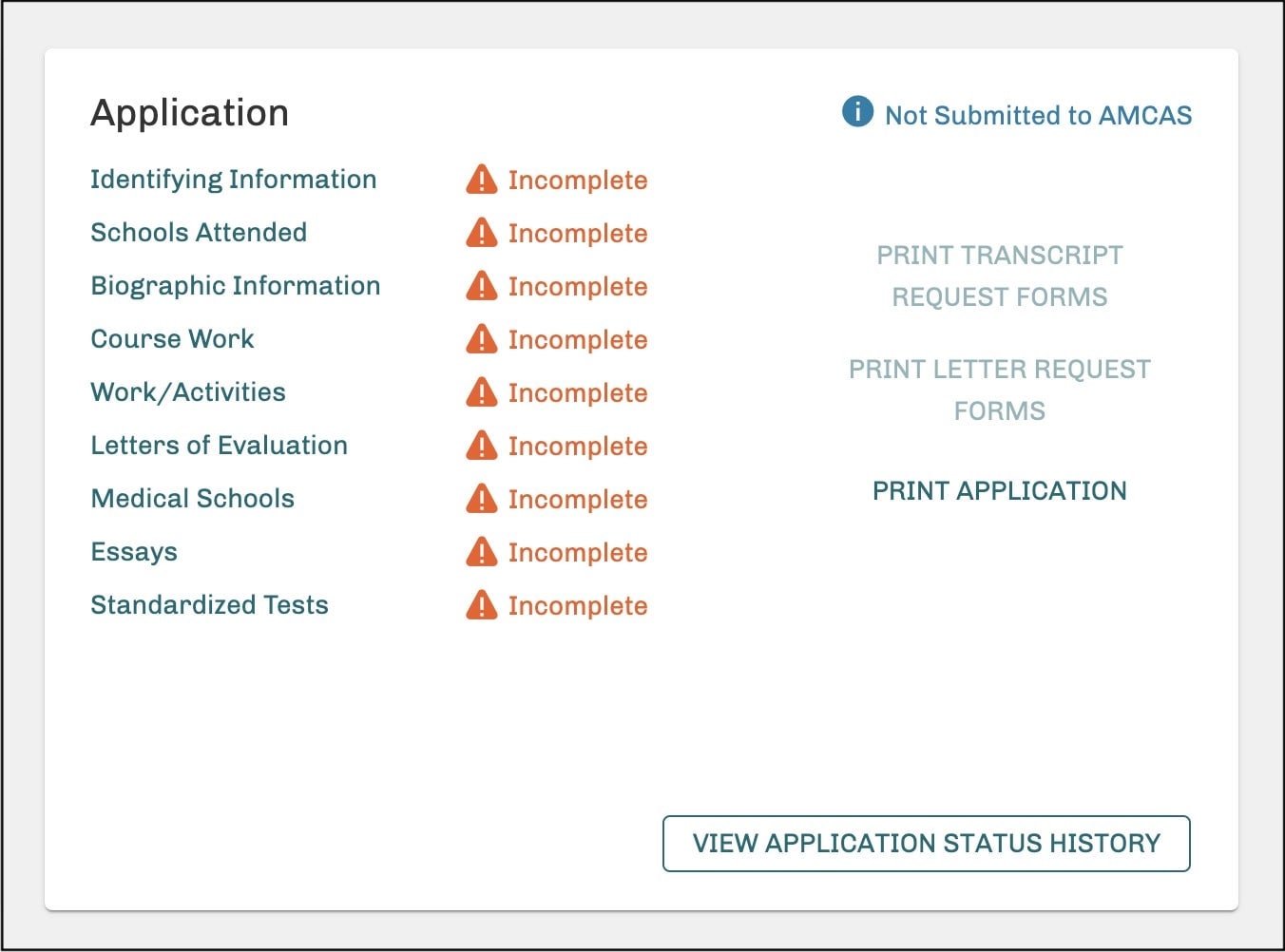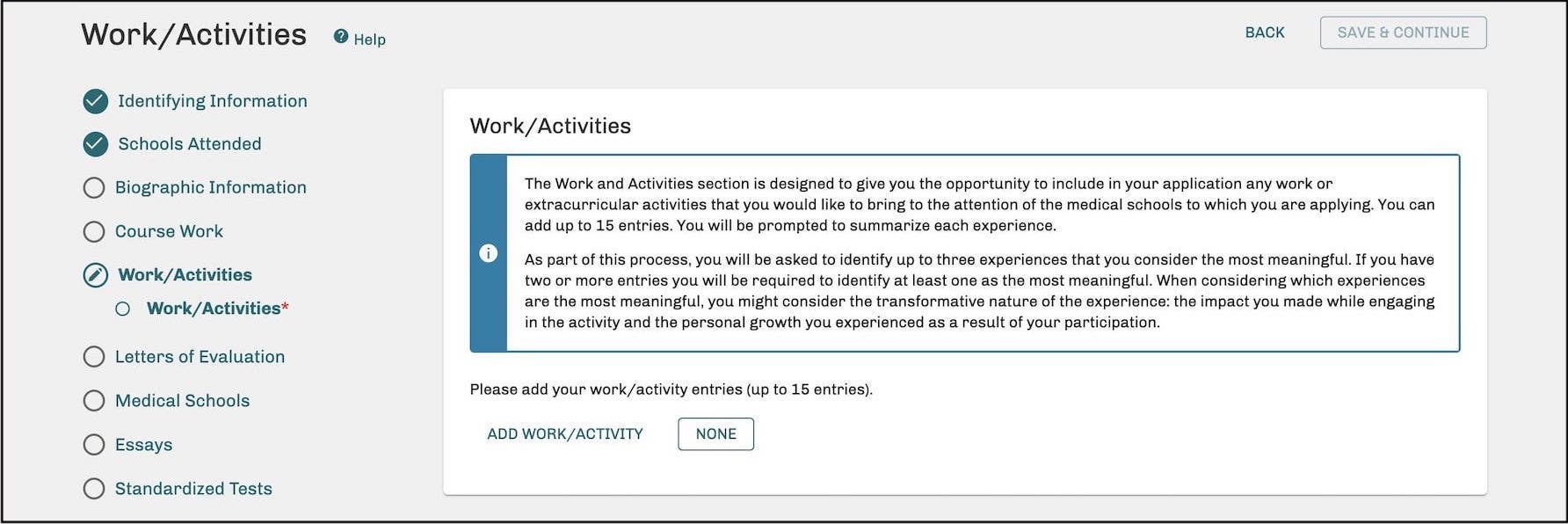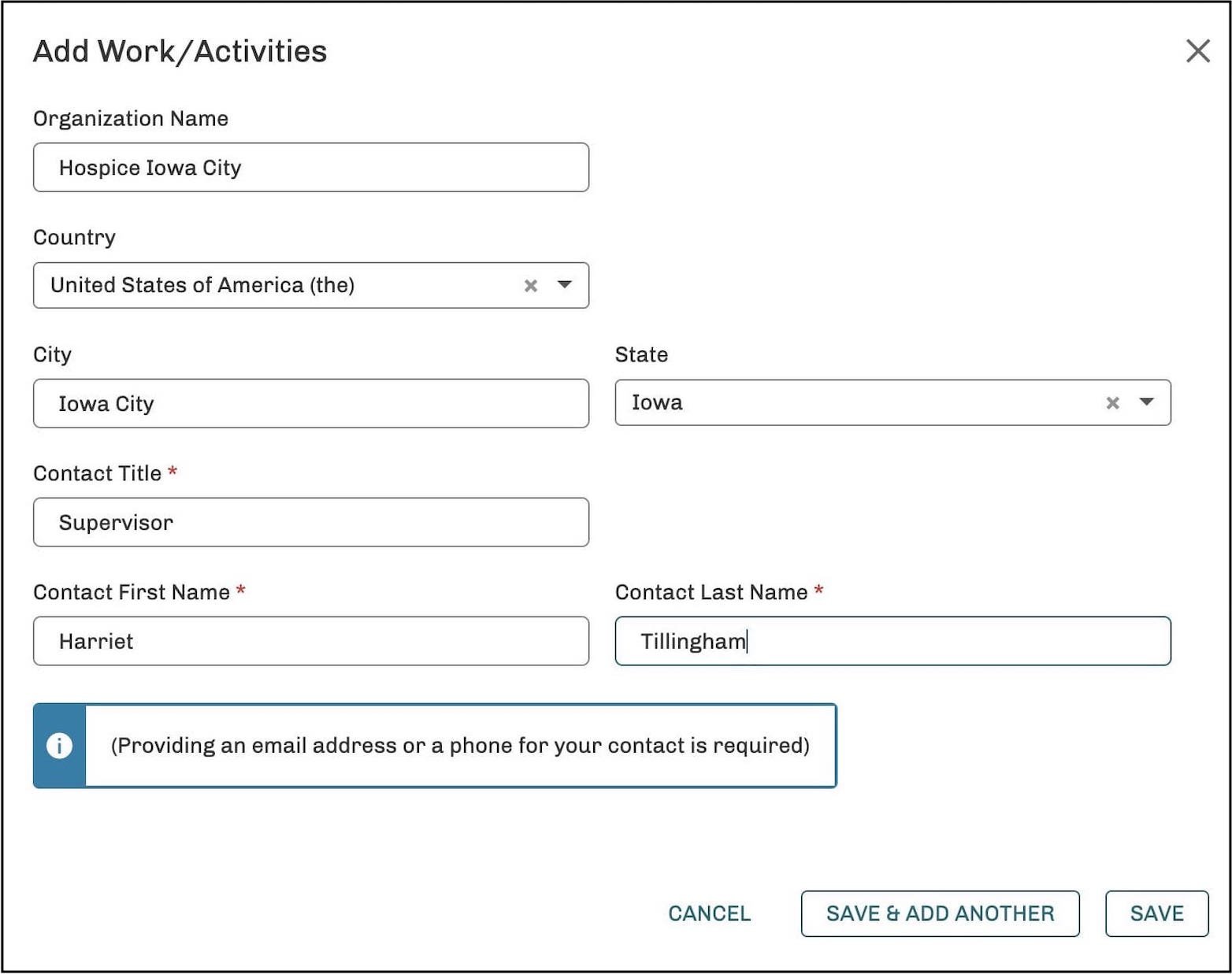


If you’re applying to medical school for the first time, you’ve likely heard of AMCAS, the American Medical College Application Service.
Run by the Association of American Medical Colleges, the AMCAS medical school application is a centralized application service through which you’ll submit your grades, MCAT scores, descriptions of your work experience and extracurricular activities, your AMCAS personal statement, and AMCAS letters of recommendation. The AMCAS is basically the Common Application for MD programs.
AMCAS is used widely by U.S. allopathic medical schools, so it’s necessary to understand how it works and how to fill it out correctly. It can be a confusing system to navigate, so we’ve broken it down into its tiniest components in this comprehensive AMCAS application guide. Below, we’ll walk you through each step of the process so you can be sure to get it right.
Before you sit down to work on your AMCAS application, it’s helpful to familiarize yourself with a few particulars regarding deadlines and what happens after it’s been submitted.
While AMCAS is a centralized application system, the deadlines for submission will vary by medical school. Be sure to check with each school you intend to apply to and make a list of when they need to receive your AMCAS application as well as when they need to receive your official transcripts.
AMCAS states that in order to meet a school’s deadline, application materials must be received by 11:59pm EST on the deadline date. If you are participating in the early decision program, that deadline is August 1st.
After you have submitted your application, it can take six to eight weeks for verification to complete. This is especially true during peak season, which AMCAS states is June to September. Try to be patient! We know that after sending in your application, you’ll be anxious for things to move forward. They certainly will, although it may feel like it’s taking a long time.
You’ll want to occasionally check on the status of your application. This can be done by clicking on “View Application Status” on the main menu once you’ve logged in.
During verification, you will see one of two statuses on your application, namely, “Ready for Review” or “Under Review.” When your application is ready for review, AMCAS has received all of your materials including your transcripts and it is currently waiting to be checked. Once your application is under review, it is being verified, meaning that AMCAS is ensuring everything is in order.
The first step is to register an account. Go to the AMCAS website. You’ll see a tab to the right labeled “AMCAS Sign In.”

Click on it, and on the next screen you’ll see an option to create an account. You’ll be asked for your name and email address. It’s fairly straightforward. Once you’ve confirmed your email, you’ll be registered.
Once you’ve signed into your new account, you’ll see the available application cycles. If you plan to start in the summer or fall of 2024, you’d simply click “Start the 2024 application…”

You’ll be asked some preliminary information: your legal name, citizenship, and birth info. You’ll also be assigned an AMCAS ID, a set of numbers that will be crucial to know as you move through the application cycle, since you’ll use them in your signature each time you email an admissions office with an update letter, letter of intent, or letter of interest.
Here's a shot of everything you’ll have to fill in as you move through the AMCAS application. The system can get finicky at times as you must complete certain sections, like identifying information and college information, before moving on to the meat of the application itself:

One the next two pages, you’ll be asked to enter your “schools attended” and “biographical information.” These are both straightforward, if a little time consuming.
You’ll enter your college and high school, the dates attended, as well as degrees earned and majors/minors. Furthermore, if you have any institutional actions in your past stemming from a poor academic performance or conduct violation, you’ll need to compose a short statement discussing what happened. AMCAS provides 1,325 characters for the institutional action statement, which translates to around 200–250 words.
As far as biographical information, you’ll be asked to enter your contact information, citizenship, details about your family, languages spoken, and more. In addition, if you have ever been convicted of a felony or misdemeanor, you will need to disclose that here.
As part of the AMCAS application, you’re asked to enter all of your college coursework. It’s a headache, but luckily not all that complicated. Keep your transcript next to you and plug and play. The trickiest part may be coming up with course classifications. Not all courses classify neatly as belonging to one subject. If you ever get confused—for instance, as you’re entering an interdisciplinary course, refer to how your university classified it.
Remember as you designate “Academic Year” that the AMCAS year begins in summer and ends in spring. Per the AMCAS website: “Don’t enter your summer courses in the wrong year. If your course was taken in the summer of calendar year 2022, it goes in the 2022-2023 academic year (AY). This is AY 2022-2023 in the AMCAS application.”
When calculating your GPA, the AMCAS application separates Biology/Chemistry/Physics/Math courses, otherwise known as “BCPM courses” or “science courses,” from “non-science courses,” otherwise known as “all other (AO) courses.” Collectively your BCPM GPA (science GPA) and AO GPA (non-science GPA) comprise your total GPA.
The AMCAS Course Classification Guide clarifies what courses count as BCPM courses as follows:
Some students ask whether a research course will be classified as a science or non-science course within AMCAS. It typically depends on whether the course is classified under one of the BCPM departments listed above. That said, you have the option of selecting science or non-science in your application when listing courses, but AMCAS reserves the right to change those classifications upon review.
AMCAS requires one official transcript from every post-secondary institution (i.e., college-level and beyond, including college courses you took during high school) where you have attempted course work. Official transcripts must be sent directly from each institution. Moreover, AMCAS accepts both paper and electronic transcripts. Finally, you should wait until you have registered for an AMCAS account before requesting that your transcript(s) be sent to ensure that AMCAS can accurately match your transcript(s) with your application ID and to avoid delays.
(Note: You can find detailed instructions on how to send your transcript(s) to AMCAS.)
Once your transcripts have been received and verified, AMCAS will not accept updated transcripts. Therefore, your course list and GPA will be “locked in,” even if you receive new course grades since submitting your AMCAS application. If you would like to update individual schools on more recent grades, you may do so in your secondaries—if there’s a natural place to mention an update—or via an update letter.
That said, if you’re applying with an exceptional GPA, like a 3.9+, then sending an update about how you received more As is probably not necessary. On the other hand, if you applied with, say, a 3.6+ and your spring or summer grades took you over the 3.7+ GPA mark, that would justify a grade update.
In this part of your AMCAS application you’ll list work experiences and extracurricular activities that have been meaningful to you or that are relevant for your future career in medicine.

You can list up to 15 examples. You’ll be asked to highlight up to three as the most meaningful (or at least one, if you’ve listed two or more examples). You’ll write about these most meaningful experiences, focusing on your impact and the qualities these experiences demonstrate. The process can take some time, but it’s not that difficult once you get the hang of it.
When you click “Add Work/Activity,” an entry page will come up. First, you’ll be asked to place the experience in one of several categories. These include community service (medical or non-medical), artistic endeavor, honors/awards, military service, paid employment, and hobbies, among others. If you can’t find an appropriate category, you can choose “other.”
 AMCAS add work/activities page screenshot" width="1583" height="1243" />
AMCAS add work/activities page screenshot" width="1583" height="1243" />
You’ll then be asked to list the start and end dates of the experience, the name of the organization (if there is one), and a contact name for a supervisor, manager, mentor, etc. (if applicable).


Finally, there’s a box for you to describe the experience. There are 700 characters allotted. You’ll then have to check “Yes” or “No” on whether you consider it one of your most meaningful experiences.